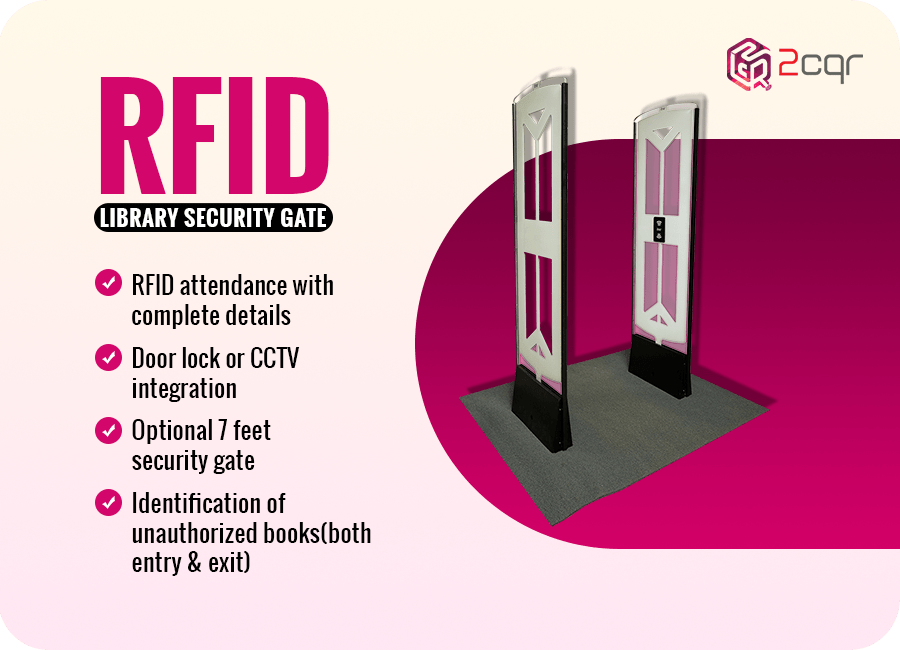
In today’s fast-paced world, various industries, including libraries, are embracing RFID technology to streamline their operations despite cost analysis of RFID technology in libraries results expensive because of the costly RFID readers used in libraries
From check-ins and checkouts to efficient asset tracking and inventory management, RFID readers plays a seamless role in streamlining library operations with RFID technology that offers a multitude of benefits, enabling organisations to work faster, smarter, and with fewer resources
However, one significant hurdle that prevents many libraries from adopting this technology is the cost associated with installation and continuous maintenance.
When breaking down the expenses related to RFID technology, a substantial portion is attributed to RFID readers and tags. But have you ever wondered why RFID readers in libraries are more expensive?
Let’s explore some key factors behind expensive RFID Readers in libraries
Complex Design:
RFID readers serve as the backbone of the entire library management system. They are responsible for capturing and decoding data, a task that necessitates the use of sophisticated and intricate devices. The complexity involved in designing such devices inevitably drives up the cost.
Advanced Features for Efficiency:
High-quality RFID readers are essential for efficient library management. These readers come equipped with advanced features like long-distance reading, high-speed reading, and multiple tag detection. These enhanced capabilities require additional resources and expertise during the manufacturing process, contributing to the higher price point.
Specialized Expertise:
Developing efficient RFID reader’s demands specialized knowledge and expertise. Experts in the field are required to design and manufacture readers that ensure reliable performance and comply with regulatory standards. The need for specialized expertise further adds to the cost of RFID readers.
Scalability and Durability:
RFID readers need to be designed to cater to diverse requirements and withstand harsh environments. Achieving scalability and durability involves extensive testing, integration efforts, and allocation of additional resources to ensure smooth operation with various software, databases, and network infrastructure setups.
Despite the higher costs associated with RFID readers, their role in efficient library management with RFID cannot be understated. These devices provide real-time tracking and data analytics, allowing libraries to enhance collection management, minimise loss rates, and optimise inventory management. RFID readers enable libraries to deliver faster and more efficient services to their patrons, ultimately improving the overall experience.
While the initial investment in RFID readers may seem daunting, it is essential to consider the long-term benefits and cost savings they offer. The efficiencies gained through RFID solutions for library make it a worthwhile investment for libraries of all sizes. By embracing this advanced technology, libraries can achieve better resource allocation, increased productivity, and enhanced customer satisfaction.
In conclusion, the cost of RFID readers is justified by their crucial role in revolutionising library management. Despite the initial financial considerations, the long-term advantages of RFID technology far outweigh the expenses. By adopting RFID technology, libraries can transform their operations, embracing speed, accuracy, and efficiency in their daily tasks. So, while the price may be higher, the investment in RFID readers is an investment in the future success of libraries.


